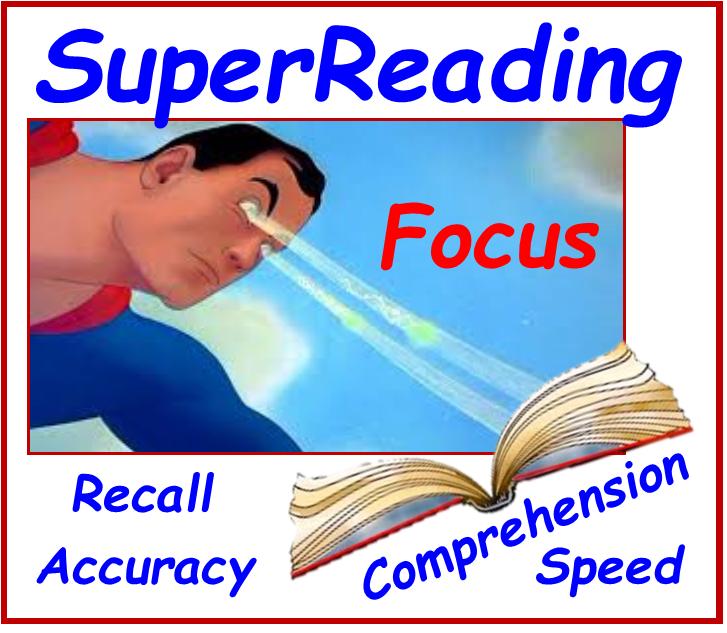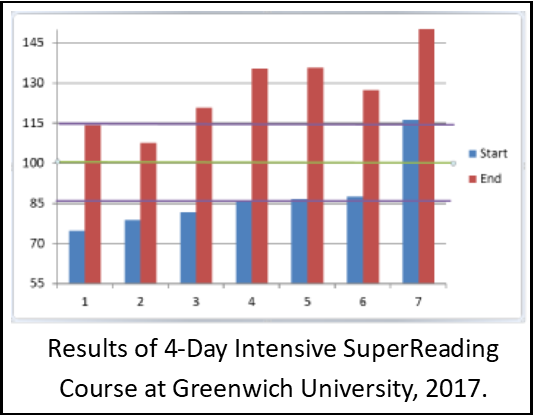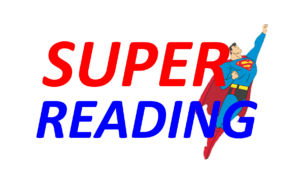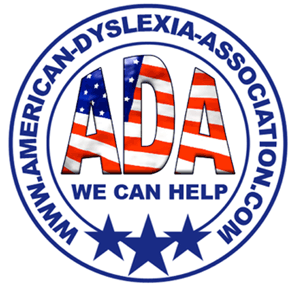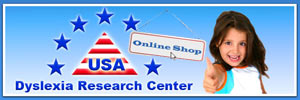SuperReading Course for Dyslexic Readers by Ron Cole
The SuperReading course is the most powerful, life-changing experience for dyslexic readers. This program takes a revolutionary approach to solving the issues around dyslexia, which have stubbornly eluded effective resolution since the 1870s. Ironically, the course was not developed with dyslexics in mind at all. It was created to help engineers, developers and hi-tech managers cope with the overwhelming amount of technical information and reports they had to read. The problem to be solved was processing a lot of information quickly and accurately, with excellent recall.
Traditional “speed reading” proved inadequate to the task. After about 350 words per minute (wpm), comprehension becomes ineffective. Why? Reading involves our internal voice, known as “sub-vocalization.” After 300 to 350 wpm most people can no longer process the words and hit the “Sub-vocalization Barrier” like a brick wall. What was needed was a way around the processing of one word at a time. In 1994 I heard that it would be beneficial if we could read “more than one word at a time.” I tried to do this but found it quite frustrating, and volunteers agreed. Deciding which words to include each time was distracting from the meaning of the words. Multitasking was not the answer!
Eventually, after trying to separate the words with spaces, tabs and a variety of other ideas, there was only one thing left, though it went against my nature. The answer was to take the decision making out of the formula. The words must already be in groups and the groups separated from one another. The penultimate step was to arrange them in columns where the reader would “hop” from one group to the next, first across to the right and then down to the left, then across- like how you’re reading now. The hopping was necessary to “define” each word group as a single thought or experience. We start off with 2 words per hop, then 3, then 4 and finally 5 to 8 words in a single fixation or glance. Always putting comprehension first, the reader now understands the text but without sub-vocalizing the words! There are simply too many words to pronounce them all in that little time. The Sub-vocalization Barrier was broken. Voila!
The ultimate step was to have people adapt this motion into “Pattern Reading,” moving down the page in an S-like pattern. The back and forth motion of Eye-Hopping subtly trains people to be able to read backwards, at least up to about 6 or 7 words across. It’s been compared to the “wax on, wax off” reference in The Karate Kid movie. This begins to occur in the 4-word and 5-word Eye-Hop, as sub-vocalization is diminished. The reader is now able to pivot their eyes down the page, effectively “scooping up” the words as they go. At these high speeds the brain is fully “engaged with the page” and we see increased focus, understanding and retention. There is no time for mental drifting and “unconscious regression” is all but eliminated (the eyes skipping around the page). The result is highly focused attention to the meaning with high comprehension and accurate recall. The problems associated with dyslexia disappear and the reading experience is superior to that of non-dyslexics. VOILA!!
The reading strategies in SuperReading cater to “big picture” learners, which describes most dyslexics, who need to “understand the whole” before attempting the sequences and details of information. SuperReading facilitates this through effective self-understanding strategies.
Most dyslexic people are visual thinkers. SuperReading builds on this by enabling the visual understanding of text at all levels: words, sentences, paragraphs, chapters, ideas, and the underlying visual structures of books. Visual strategies enhance memory retention through use of a “memory room” tool and mapping tools. SuperReaders learn a non-linear approach to understanding what they read.
Most dyslexic people are better at learning by doing, rather than through verbal instruction. SuperReading enables this by requiring specific kinds of physical practice and the evaluation of progress through measuring reading speed, comprehension and recall.
Dyslexic readers learn more effectively when learning is directly linked to passionate interests. SuperReading caters to this by giving free access to the Eye-Hop website, which produces practice materials for reading that is of high interest. Also, the Eye-Hop practice radically reduces or eliminates the effect of visual stress.
The SuperReading course provides a wide range of skills and reading tools. The reader becomes more skilled with the tools each time they work with them, and understand them more deeply, which suits holistic learners. The program relies on doing and evaluating progress, rather than on memorising.
As a coach, I understood the importance of a positive mental attitude (PMA). We use the power of positive emotion to generate interest and focus, especially when reading assignments are not of great interest or poorly written (boring). We also cover the crucial area of positive self-talk. How we talk to ourselves internally is one of the greatest determinants of whether we are successful or not in whatever we do. Most people came to the SuperReading course because reading was a problem for them. Their belief was they were slow, poor readers who were not as good as others. They came with low self-esteem. I realized early on that this belief system was holding many of them back from allowing the tools to be totally effective. Some were self-sabotaging and their progress was being artificially hampered. Using the power of positive affirmation, they could now be on a more stable track to reading success. It helped them not only with their reading abilities, it helped them gain ground in all areas of their life.
In short, SuperReading builds on typical dyslexic strengths: holistic and visual thinking. It avoids the humiliation of the correcting of perceived ‘deficits.’ It’s worth mentioning that the eye-hopping practice also happens to provide better synchronised control over saccades- the rapid movement of the eye between fixation points. Dyslexic readers become effective through activity rather than instruction. Everything about the program fosters the best of what works for dyslexics while not requiring anything which does not work for dyslexics (or for ADD and ADHD). Every test and measurement associated with reading skills verifies the validity of the SuperReading Program, and no assessment has ever measured a negative or neutral outcome. The outcome is that the dyslexic reader gains skill levels beyond those of non-dyslexic readers in a matter of weeks.
Testimonials, university studies and purchase options can be viewed at www.superreading.com
by Ron Cole
Category: Apps/Accessories, Dyslexia, News

